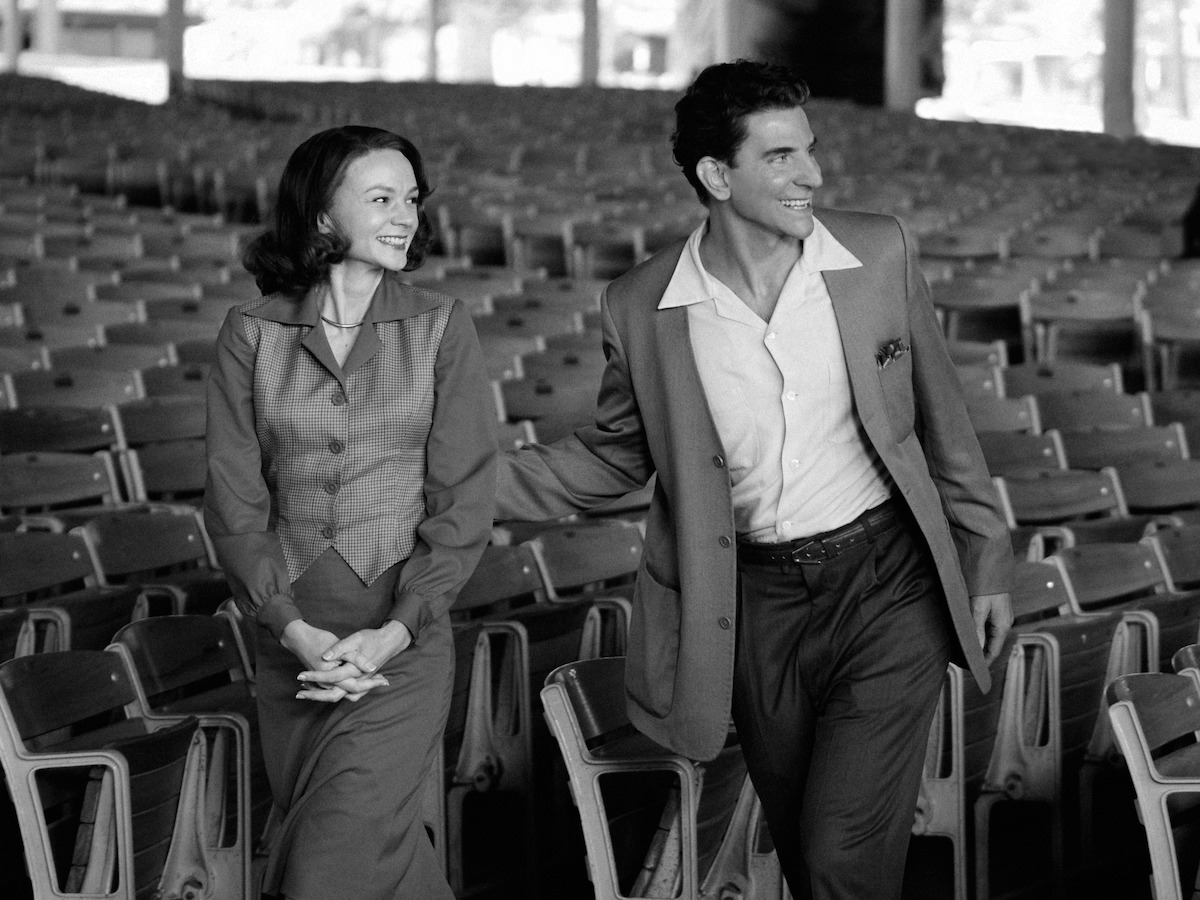
by senior contributor Brendan Kownacki
“No greater place to be recognized as an inventor than right here” said David Dolby, son of the late audio engineer Ray Dolby whose name has become synonymous with stellar audio in film, standing in front of the freshly reopened Warner Bros. Theater in the Smithsonian National Museum of American History. The theater reopened after a renovation that brings Dolby Atmos and Dolby Vision technology to the screening space – allowing for an enhanced visual and audio experience for guests.
Roy Dolby’s original workbench now sits outside the theater as a tribute to his contribution in noise cancellation and audio technology. His family notes that the equipment has arrived directly from the “top floor of my house” because he felt that his work was so secret and important that it needed to be worked on at home. Now, with the name Dolby plastered around theaters across the world, it seems that his prediction may have been correct.
From left to right: Glenn Kiser- Director, Dolby Institute; Josh Singer (Co-Writer- Maestro); Dagmar Dolby; Michelle Tesoro (Editor- Maestro); Natasha Dolby; Mark Bridges (Costume Designer- Maestro); David Dolby; and Anthea M. Hartig (American History Museum)
Glenn Kiser, Director of the Dolby Institute said that Dolby “represents American creativity” and thus, the museum is a natural home for the latest advancements to make films more immersive.
As a way to show off the new state-of-the-art film experience, the museum hosted a pre-release screening and panel discussion of the Netflix film Maestro directed and produced by Bradley Cooper. Cooper stars as conductor and composer Leonard Bernstein in an exploration that looks at both Bernstein’s accomplishments, but also his lifelong relationship with actress Felicia Montealegre Cohn Bernstein, portrayed by Carey Mulligan.
Bradley Cooper as Leonard Bernstein. Photo credit courtesy of Netflix
The film is in some ways a love letter to Bernstein and his wife, while not shying away from the difficult and controversial moments of their relationship that made it real and authentic. The film showcases moments of happiness and sadness as well as celebrations and fights. Bernstein and his wife had tumultuous moments that defined why they were so important to each other. At times, Cooper showcases how Bernstein would be overcome by inspiration and allow music to come first over his family, but ultimately it was Felicia who balanced him out, and helped him come back to center. In many ways, she was like the conductor who helped him set the tempo for his own life.
Felicia Montealegre (Carey Mulligan) and Leonard Bernstein (Bradley Cooper), from the set of Maestro. Photo courtesy of Netflix
The film has already garnered controversy before its release thanks to Bradley Cooper’s decision to wear a prosthetic nose for his portrayal of the Jewish Bernstein. His defense was that it “didn’t look right” and that he worked with the family to come up with an accurate portrayal of his subject, and they offered no push back. Bernstein’s children, who are portrayed in the film as well, said in a letter “It happens to be true that Leonard Bernstein had a nice, big nose. Bradley chose to use makeup to amplify his resemblance, and we’re perfectly fine with that.”
The film is passionate, and Cooper’s portrayal is magnetic in the way that he speaks and acts to embody the man that many will think of as the musical drive behind West Side Story or the leader of numerous orchestral performances.
Following the film, a panel discussion with some of the film’s creative team gave insight into why people will want to see this movie when it premiers on Netflix on December 20, 2023.
From left to right: Glenn Kiser- Director, Dolby Institute; Josh Singer (Co-Writer- Maestro); Michelle Tesoro (Editor- Maestro); Mark Bridges (Costume Designer- Maestro); Anthea M. Hartig (American History Museum); Dagmar Dolby; Natasha Dolby; David Dolby
Josh Singer, who co-wrote the film with Bradley Cooper, described a years-long process to get the film off the ground. He said that it was Steven Spielberg who was originally interested in making the movie, but he chose to leave it behind to take on West Side Story and that Cooper had always had a fascination with playing a conductor because of the detail of the craft. Washington DC played into the creation of the script thanks to hours of research at the Library of Congress and Singer said he was surprised in some ways at how he had to stay on his toes “keeping up with my research partner” to uncover the moments that people knew and didn’t know about Bernstein.
Bradley Cooper. Photo courtesy of Netflix
Editor Michelle Tesoro and costume designer Mark Bridges also had high praise for their director. Bridges talked about the big picture that Cooper brought to the period story and that his mission was focused on “What works dramatically… Visually and for the drama” when selecting the clothes for his primary cast, and the hundreds of extras who appear in larger scenes.
Tesoro also tried to make sure all her pieces fit together as she sewed together the narrative. She described a “Reversal of the Wizard of Oz” to explain the use of black-and-white and color, along with sporadic musical performances to punctuate the storyline.
In the end, Singer described the film as “magical realism” to best explain moments that were drawn directly from history combined with dramatization. The “dream ballet” needed to look and feel and be an intricate tribute to a complex man who had many layers to his whole life, and that’s what the film ultimately is.
Maestro is playing in select theaters and debuts on Netflix on December 20th.
The Trailer